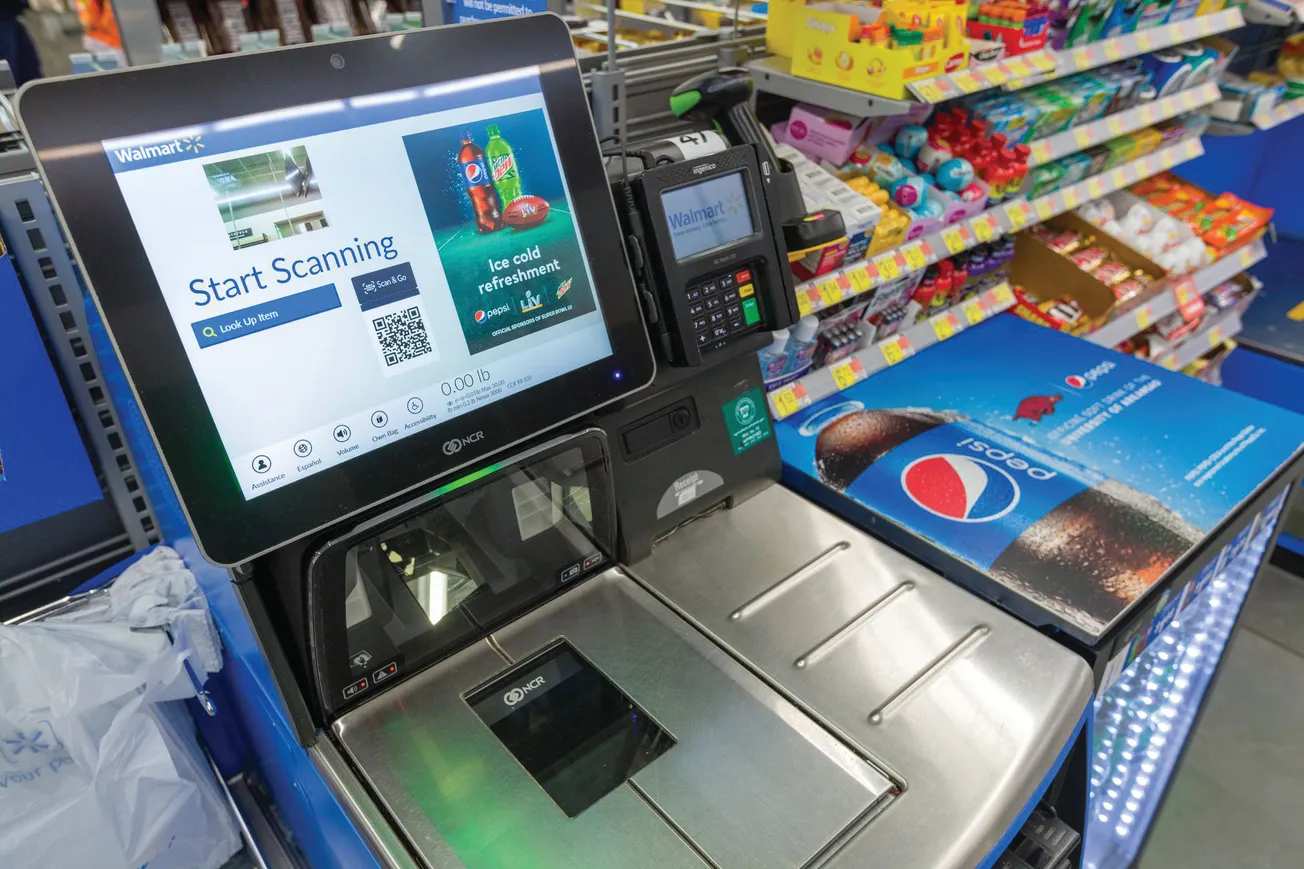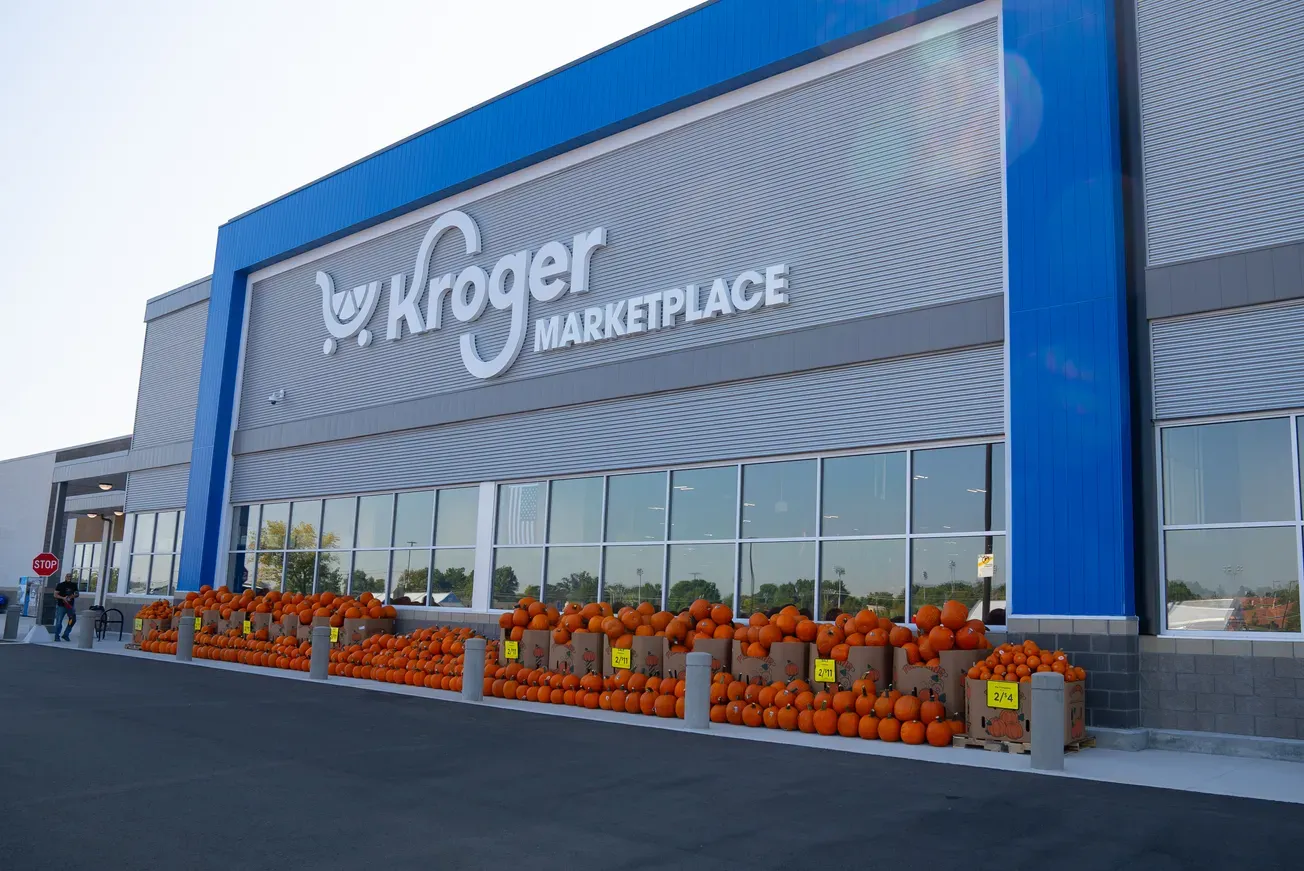The retail pharmacy industry is in flux. In post-pandemic America, chain, independent and online pharmacies are all fighting for shares of an increasingly volatile market. The question remains whether retail drug chains can find the right balance of convenience, personal care, and value to inspire patients and customers, creating a foundation for lasting success.

Jonah Ellin
Many consumers lamented that the lack of personalized care and attention would negatively impact their health and wellness. However, the convenience, competitive pricing and overall value of the chain experience allowed chain drug stores to dominate independent pharmacies. Now, chain drug stores are facing the same challenge from the growing dominance of online drug retailers. The same claims are being made about the loss of personal care as pharmacists are replaced with websites, apps and deliveries. As Amazon extends its reach into health and wellness, will the ubiquitous chain drug stores of today that anchor strip malls and urban environments also go the way of the independent drug pharmacy and lose their luster? Amazon’s latest foray into health care jeopardizes the profitability of major pharmacy retailers such as CVS, Walgreens and Rite Aid. For only $5 extra per month, Amazon Prime subscribers will “get eligible medications for one low price.” While the financial success of Amazon’s new program has yet to be seen, the savings and convenience mirror the trends which enabled the shift from independent pharmacy to chain drug stores. The opening proposition is limited in scope, similar to a loss leader promotion, but banks on convenience and a desire to consolidate and extend the relationship and loyalty they have established with customers to the realm of the pharmacy patient.
Over the past 30 years, a slew of mergers has resulted in retail chains, supermarkets or mass retailers comprising two-thirds of the market and 56% of retail prescription revenues. While a select few may mourn the loss of these small businesses due to the neighborhood character and specialty items they provided, the result is a substantial positive impact to the customer. Their process of delivering drugs from manufacturer to consumer is often far more efficient than the process employed by independent pharmacies — the cost for the health care system is reduced due to lower generic reimbursement under MAC and GER schedules, and these savings are passed on to plan sponsors, eventually trickling down to patients. Further, they have invested in technologies to track prescriptions, drug interactions and patient histories, enabling a team of pharmacists spread across diverse and convenient locations to engage with patients from an informed perspective.
The question of what the patient and customer values is critical to chain drug adapting to the rapidly changing environment. Can they take their existing knowledge and use it to personalize care and benefits promoting health, wellness and value to maintain and extend loyalty? Or will they find the moat insufficient to hold back the attack of e-commerce?
The physical brick-and-mortar footprint affords some advantages enabling a blending of products and services promoting health and wellness. It also provides a location for interaction and personalized care. Training employees to deal with customers in an empathetic and understanding fashion can go a long way — 21% of pharmacy customers cited “personal touch” as the key reason for selecting their primary pharmacy. The pharmacist, armed with data and technology, can provide a level of care and continuity which some patients will value, including monitoring compliance and advising on interactions and side effects. When the record includes the outcomes of service provided at these locations in addition to the recommended prescriptions from physicians, additional value can be provided, contributing to better health and wellness.
Convenience is another key pillar of brick-and-mortar, with a high number of locations, many operating 24/7 or extended hours, with the opportunity for immediate gratification and relief being a strong motivator. While prescriptions are a key aspect of the business, 48% of consumers purchase O-T-C items from their preferred pharmacy, with many of these shoppers expanding into buying grocery items (36%), beauty products (32%) and household items (30%). Whether referred by a clinic in-store or nearby, the ability to complete the mission of diagnosis and treatment in a timely manner is critical, and brick-and-mortar has a distinct advantage here. The physical location does represent challenges in terms of limited assortment space and a desire to meet all of their needs for one-stop shopping. Having the right medications and products available is critical and may be hyperlocalized based on the profiles of patients and customers who visit the store.
Data and technology can play a big role in choosing the right products for a location as well as making the operations efficient. For example, Walmart has piloted a program where robotic arms fill prescriptions, freeing up pharmacists from this time-consuming task, so they can dedicate their focus to matters which require critical thinking. Beyond having the right products, the ability to keep lines short and making pharmacists available, there are other problems lurking in the brick-and-mortar operation. Challenges related to drug interactions, and even common retail issues related to shrink, need to be considered, as, for example, Rite Aid claims it lost $5 million to theft in the summer of 2022 alone. In other cases, the replacement of a product on the shelf with a card to be brought to the pharmacy can combat both challenges — albeit at the cost of convenience. Measuring the impact of these changes on consumer behavior is key to ensuring a positive experience and continued loyalty.
Chain drug has the opportunity to inspire customers further by reaching across all of its aisles to bring the best value to the patient and customer relationship. With the consent of the individual, the value proposition can be increased using data to inspire health, wellness, maximized value and convenience through a combination of products, services and fulfilment methods. Examining prescription compliance metrics such as medication possession ratio (MPR) and proportion of days covered (PDC), tracking vital stats from store visits and IoT devices, and having access to outcomes enables the opportunity to provide the patient with a scorecard that displays their overall health and wellness while identifying strategies and incentives to boost these metrics.
Combining health, wellness and shopping behaviors provides the opportunity to inspire patients to healthier habits. Offering promotions for products, services, preventive care and options to make all of this easier represents a new level required of chains to compete against e-commerce challengers and inspire loyalty. Promotions need to be focused on objectives and values shared by the patient and consumer while being enabled by the right fulfillment channel balancing convenience, cost and speed. One size will not fit all, so personalization and providing convenient options will be critical to success.
The COVID pandemic pushed consumers to adopt e-commerce at an accelerated rate. They recognized convenience and safety in these choices. With the world reopened, there has been a shift back to conventional shopping; however, convenience and value remain huge motivators. Avoiding the downfall of the independent pharmacy will require chain drug stores to extend the advantages of their brick-and-mortar locations to represent the personal care desired by some while ensuring the immediate satisfaction required to differentiate from online competitors. Personalization across the full assortment can represent a significant advantage as products, services, health and wellness may be centralized to a consolidated set of providers sharing data and making a seamless experience for the patient and consumer.
There has never been a more critical time to overhaul chain pharmacies’ business models than now — between 2014 and 2021, Duane Reade, CVS and Rite Aid all reduced their operating space by 20% in New York City, citing competition from online retailers. By focusing on the personal experience and enhanced execution, chain pharmacies can solidify themselves as part of the fabric of American life for generations to come — providing convenience, care and community for all.
Jonah Ellin is chief product officer of 1010data, a retail analytics firm. He can be reached at Jonah.Ellin@1010data.com.









